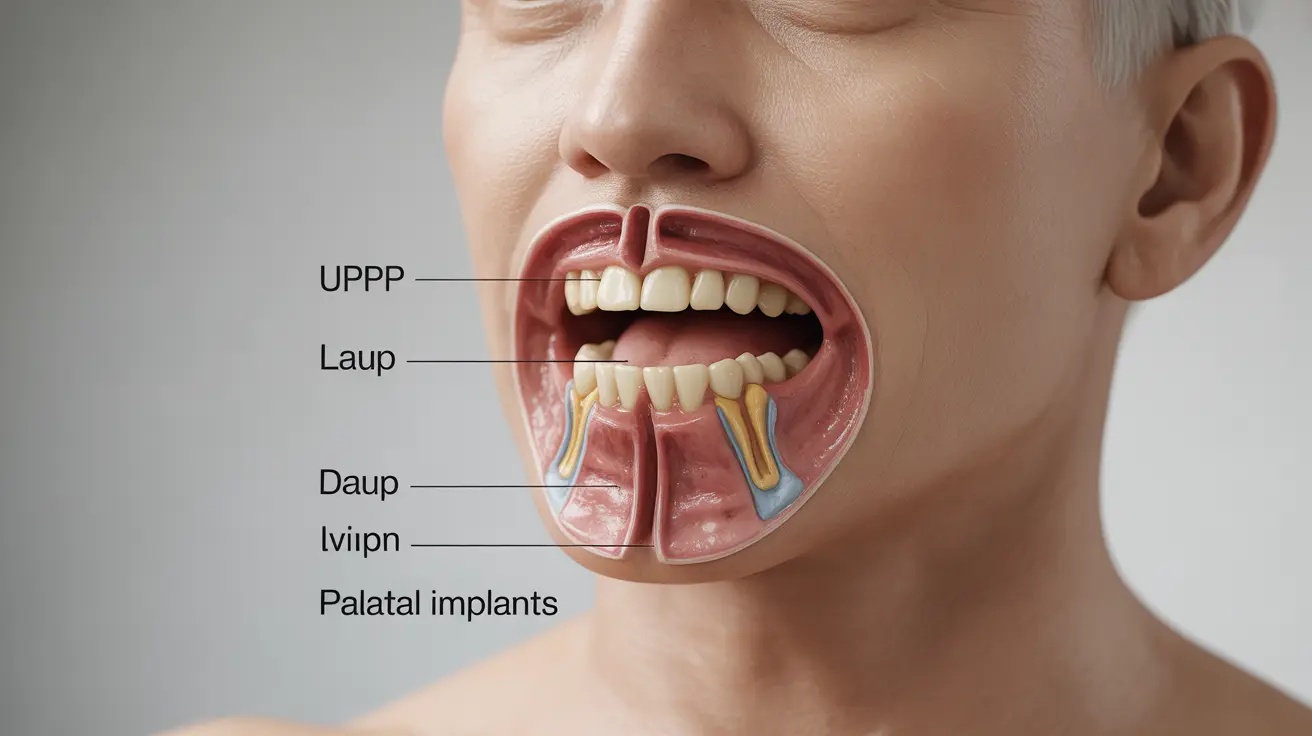For many people, snoring is more than just a nighttime nuisance—it can significantly impact both sleep quality and relationships. While conservative treatments are often the first line of defense, surgical interventions can provide a more permanent solution for chronic snoring in appropriate candidates. Understanding the available surgical options, their effectiveness, and what to expect can help you make an informed decision about whether surgery might be right for you.
This comprehensive guide explores the various surgical treatments for snoring, helping you understand the procedures, their benefits, and important considerations before pursuing surgical intervention.
Types of Surgical Procedures for Snoring
Several surgical approaches are available to address snoring, each targeting different anatomical areas that contribute to airway obstruction:
Uvulopalatopharyngoplasty (UPPP)
UPPP is one of the most common surgical procedures for treating snoring. This surgery involves removing excess tissue from the throat, including parts of the soft palate, uvula, and sometimes the tonsils. By reducing tissue bulk, UPPP helps create a wider airway passage, potentially reducing or eliminating snoring.
Laser-Assisted Uvulopalatoplasty (LAUP)
LAUP uses laser technology to reshape the soft palate and remove the uvula. This procedure is generally less invasive than UPPP and can often be performed under local anesthesia. Multiple sessions may be required to achieve optimal results.
Palatal Implants
This minimally invasive procedure involves inserting small, braided polyester rods into the soft palate. These implants create scar tissue that stiffens the palate, reducing tissue vibration during breathing and potentially decreasing snoring.
Candidacy and Evaluation Process
Not everyone who snores is a suitable candidate for surgery. Several factors determine whether surgical intervention is appropriate:
- Physical examination findings
- Severity of snoring
- Presence of sleep apnea
- Overall health status
- Previous treatments attempted
- Body mass index (BMI)
A thorough evaluation by a sleep specialist or otolaryngologist is essential to determine the most appropriate surgical approach based on individual anatomical features and specific causes of snoring.
Recovery and Post-Surgical Care
Recovery experiences vary depending on the specific procedure performed:
- UPPP typically requires 2-3 weeks of recovery
- LAUP patients usually return to normal activities within 1-2 weeks
- Palatal implant recipients often resume regular activities within days
During recovery, patients may experience throat pain, difficulty swallowing, and temporary changes in voice quality. Following post-operative care instructions carefully helps ensure optimal healing and results.
Success Rates and Long-term Outcomes
Success rates for snoring surgery vary by procedure and individual factors. While many patients experience significant improvement initially, effectiveness can diminish over time for some individuals. Regular follow-up with healthcare providers helps monitor long-term outcomes and address any emerging concerns.
Financial Considerations
Insurance coverage for snoring surgery varies significantly among providers and plans. Coverage often depends on whether the snoring is associated with sleep apnea or other medical conditions. Understanding insurance requirements and potential out-of-pocket costs is crucial before proceeding with surgery.
Frequently Asked Questions
What types of surgery are available to treat snoring and how do they work? The main surgical options include UPPP (removing excess throat tissue), LAUP (using laser technology to reshape the soft palate), and palatal implants (stiffening the soft palate with polyester rods). Each procedure aims to reduce tissue vibration or remove obstruction in the airway.
Who is a good candidate for surgery to stop snoring, and when is it recommended? Good candidates are typically individuals who have not responded to conservative treatments, have anatomical issues contributing to snoring, and are in good overall health. Surgery is usually recommended after other treatments have failed and when snoring significantly impacts quality of life.
What are the risks and recovery time associated with common snoring surgeries like UPPP or palatal implants? Risks include pain, bleeding, infection, and changes in voice or swallowing. Recovery times range from a few days for palatal implants to 2-3 weeks for UPPP. Each procedure carries specific risks and recovery considerations that should be discussed with a healthcare provider.
How effective is surgery for snoring in the short term and long term? Short-term success rates are generally good, with many patients experiencing significant improvement. Long-term effectiveness varies, with some patients maintaining benefits while others may see gradual return of snoring over time. Success rates differ by procedure and individual factors.
Does insurance typically cover snoring surgery, especially if it is only for snoring without sleep apnea? Insurance coverage varies significantly. Procedures are more likely to be covered when associated with diagnosed sleep apnea or other medical conditions. Pure snoring treatment may be considered cosmetic and might not be covered. Verification of coverage with your insurance provider is recommended.




